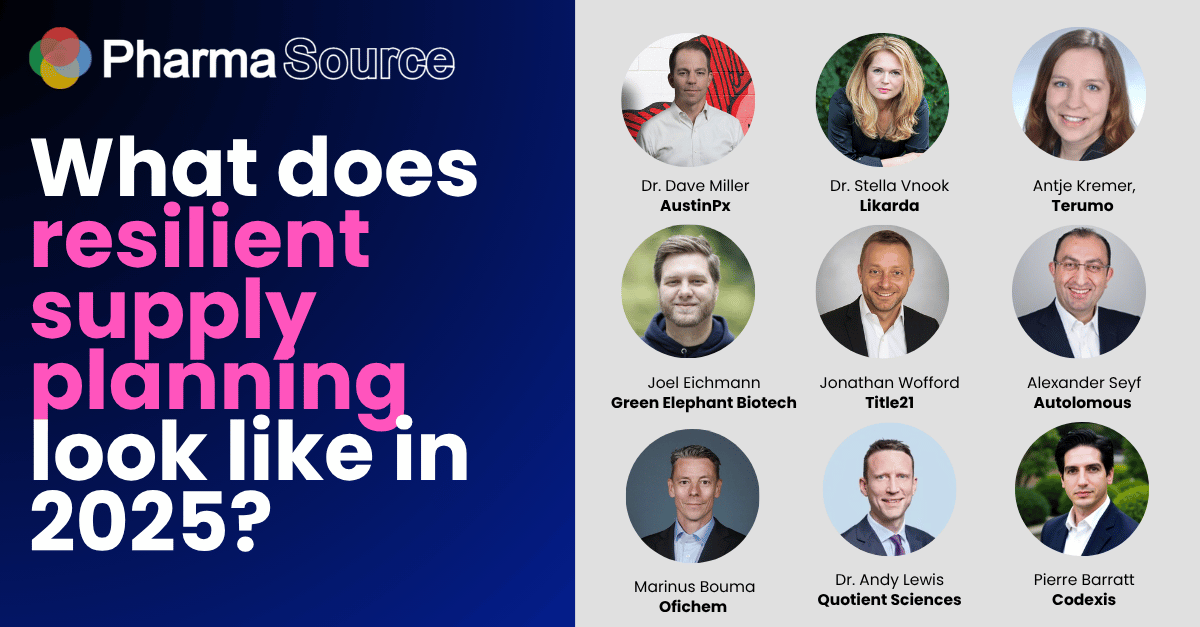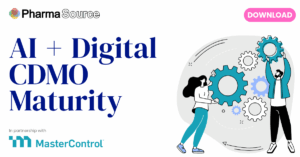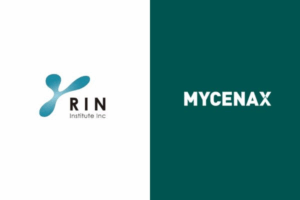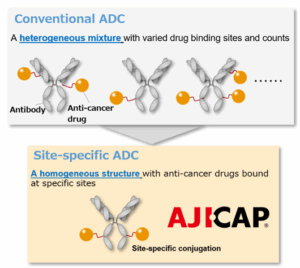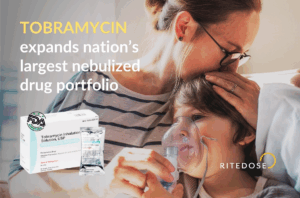How can integrated supply planning between sponsors and contract development and manufacturing organizations (CDMOs) improve resilience and cost control?
This question has taken on new urgency as drug shortages in the U.S. continue to persist and geopolitical tensions reshape global supply chains. Nine industry leaders across small molecules, biologics, and cell and gene therapy share their perspectives on transforming sponsor-CDMO relationships from transactional arrangements into strategic partnerships that embed resilience into the supply chain itself.
Geopolitical Pressures Drive Strategic Realignment
Supply chain stability has moved from operations to the boardroom. Dr. Dave Miller, Chief Scientific Officer at AustinPx, a small molecule CDMO, points to US-China trade tensions and tariffs on pharma imports as catalysts: “Sponsors are increasingly weighing not only technical capabilities but also the geopolitical resilience of their CDMO partners, often leaning toward those in the U.S. or EU who can ensure enhanced IP security, quality assurance, regulatory alignment, and uninterrupted access to critical inputs.”
The consequences are measurable. Dr. Stella Vnook, CEO of Likarda, a biologics company, notes that “in the first quarter of 2024 alone, there were 323 medications in active shortage, surpassing the previous record of 320 set in 2014.” Meanwhile, US spending on biologics surged 160% in a single decade, rising from $100 billion in 2013 to $260 billion in 2021.
Design Resilience Into Products, Not Just Supply Chains
Several leaders emphasize that resilience begins with product design, not just logistics planning. Stella argues that “innovation in formulation can lower supply-chain risk—for instance, technologies that allow biologics or cell therapies to ship on dry ice or at –20°C rather than ultra-cold/liquid nitrogen conditions remove both cost and fragility from the system.”
Joel Eichmann, co-founder and managing director of Green Elephant Biotech, a biotech firm, echoes this perspective: “Resilience is often seen as a supply chain issue, but in practice, it is a design issue.” Joel advocates for “scalable platforms that can follow a product from R&D into GMP without needing to switch formats or workflows midstream,” which “reduces tech transfer complexity, eliminates revalidation steps, and creates a smoother transition from early development to commercial readiness.”
Real-Time Data and Digital Orchestration
For complex modalities like cell and gene therapy, integrated planning demands sophisticated digital infrastructure. Jonathan Wofford, Chief Commercial Officer at Title21, a cell and gene therapy services provider, stresses that “establishing streamlined data sharing protocols between data management solutions can allow for data-driven decision making based on real-time insights and alerts, resulting in increased operational efficiency.”
Alexander Seyf, CEO and co-founder of Autolomous, a digital orchestration platform provider, describes the shift from reactive to proactive management: “By having real-time visibility into inventory, capacity, and demand across both the sponsor and the CDMO, we can anticipate potential bottlenecks and proactively mitigate them.” Alexander quantifies the stakes: “Without integrated planning, there are significant hidden costs. These include expedited shipping, lost batches due to missed deadlines, and the overhead of manual data reconciliation.”
Aligning on Standardization vs. Customization
A recurring theme is the need for early alignment on which elements require customization and which can be standardized. Joel notes that “integrated planning works best when both sponsor and CDMO agree early on where customization is essential and where standardization can unlock speed and reduce cost.”
Dr. Antje Kremer, Senior Manager Global Market Development, Cell & Gene Therapies at Terumo Blood and Cell Technologies, emphasizes that “what matters most is not the structure, but the coordination of end-to-end workflows.” Antje points to modular, automated systems like Quantum Flex™ and FINIA™ Fill and Finish that “can be deployed flexibly across CDMOs and sponsor facilities alike, supporting both centralized and decentralized approaches.”
Managing Perishable Materials and Autologous Therapies
For autologous cell therapies, where patient-derived materials have narrow windows of viability, coordination becomes mission-critical. Jonathan explains: “For autologous therapies, for example, patient collection must align with manufacturing production capacity. Integrated process management, therefore, can reduce or minimize expired inventory, avoid stockouts, and manage collections with better precision.”
Alexander adds that digital systems can “automatically adjust the manufacturing schedule, minimizing waste and ensuring that valuable patient-derived material isn’t lost” when patients are delayed or materials back-ordered.
Dual Sourcing and Quality Analytics for Raw Materials
Pierre Barratt, VP of Strategy & Program Management at Codexis, outlines critical requirements for raw material planning: “Sourcing through a minimum of two suppliers de-risks process development while simultaneously raising the bar for quality and controlling cost.” Pierre advocates for “high-quality analytics dedicated to confirmatory release and stability testing” and emphasizes that “regular and ad-hoc communication between raw material suppliers, CDMOs and innovators is integral to facilitate a seamless supply chain.”
Vertical Integration as a Disruptive Model
Dr. Andy Lewis, Chief Scientific Officer at Quotient Sciences, a drug development accelerator, presents an alternative approach through vertical integration. Quotient Sciences’ Translational Pharmaceutics model “integrates drug product manufacturing with clinical testing to accelerate drug development.” By manufacturing on-demand and just-in-time, “we can reduce the stability package that needs to be generated to support the clinical study,” he explains. A 2020 Tufts study found this approach “saves more than 12 months development time and can lead to financial benefits of >$100 million through reduced R&D costs and acceleration to the market.”
Transparency and Flexibility as Foundations
Marinus Bouna, Business Development at Ofichem, a chemical supplier, identifies transparency as the cornerstone: “The most important part is transparency in data such as forecasts and inventory levels, which enables better decision making.” Marinus emphasizes that “a flexible CDMO with scalable production, transparent communication, and a global network of suppliers will be crucial.”

